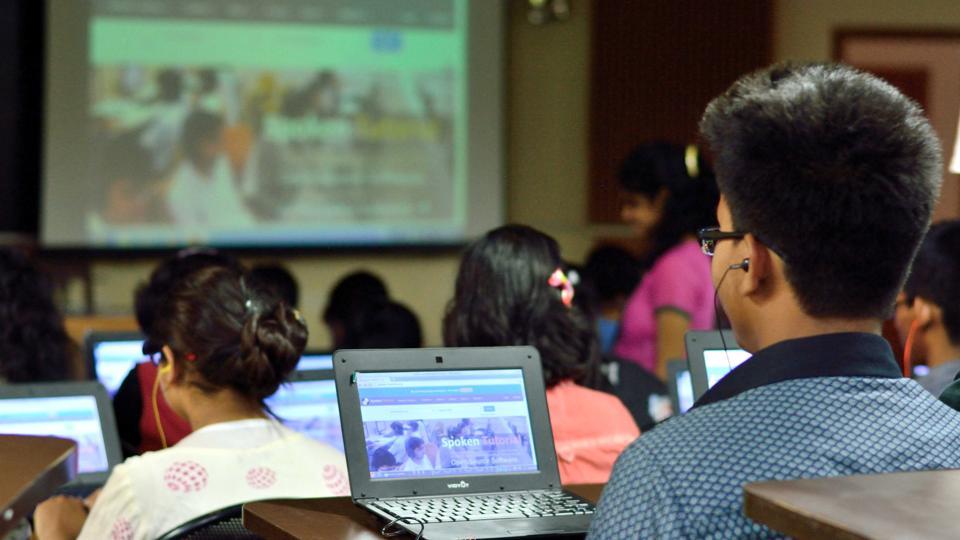

Engineering students from the Scheduled Tribes (ST) and the Scheduled Castes (SC) learn at a faster rate than those from the general category, according to a study carried out by Stanford University, the All India Council for Technical Education (AICTE) and the World Bank.
The study on learning assessment outcomes, which was carried out between October and November 2017, and the results for which came out on Friday, also found that women engineering students lag behind male students in terms of performance, especially in physics and mathematics. They also lag behind in higher-order thinking skills in some institutes.
The study was conducted on 45,453 first and third-year students across the country. It covered one Indian Institute of Technology (IIT), seven National Institutes of Technology (NITs) and other engineering institutes under the AICTE.
It points out that the overall learning curve for students, especially in mathematics and physics, from first to third year, is very steep. “The rate of learning of Indian students in mathematics and physics is much higher compared to China and Russia. Though in absolute terms China is much ahead,” said World Bank economist, Tara Beteille.
Similar learning assessments were conducted on engineering students in China and Russia, though, at a different time period.
As part of the Indian study, students across the country were administered a test which included two major parts — Academic (mathematics and physics) and higher-order thinking tests (critical thinking, quantitative literacy, creativity and a test of relational reasoning). The study found that women students are behind their male counterparts in quantitative literacy and physics at the start of the first year in non-elite institutes.
While the learning levels of SC/ST and OBC students improves from first year to third year, for female students the differences between them and the male students remain the same as it was in the first year – except in public non-elite institutions where they make some gains.
[“source=hindustantimes”]




